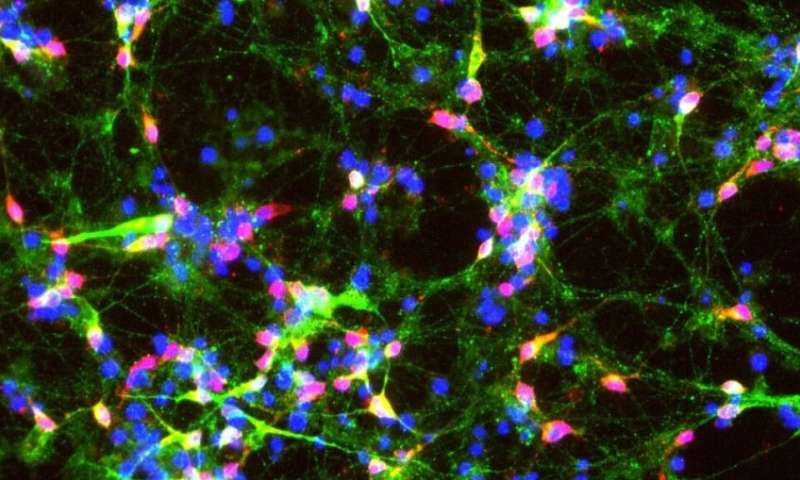
A collaborative study led by the Oxford Parkinson’s Disease Center’s Dr. Nora Bengoa-Vergniory has shown that compounds known as molecular tweezers could become a promising disease modifying therapy for Parkinson’s.
A team of researchers has shown that tiny compounds known as molecular “tweezers” could become a promising therapy to slow Parkinson’s. This new kind of drug works by pulling apart toxic clumps of protein that form in the brain during Parkinson’s.
The therapy has previously shown high potential for targeting toxic protein clumps that form in neurodegenerative conditions such as Alzheimer’s. The research teams therefore investigated whether a particular molecular tweezer, CLR01, was able to reduce formation of protein clumps in cell and mouse models of Parkinson’s.
The research was led by the Oxford Parkinson’s Disease Center at the University of Oxford, created through funding from Parkinson’s UK, and supported by the Medical Research Council with collaborators from the University of Bordeaux, the Universidad del País Vasco and the University of California.
The study showed that CLR01 is able to decrease clusters of the Parkinson’s protein alpha-synuclein forming and prevent the death of human neurons that were made from stem cells.
Researchers tested CLR01 in a mouse model of Parkinson’s that stimulates the formation of protein clusters and mimics the motor symptoms experienced by people with the condition, which can include tremor and slowness of movement. As the mice aged, CLR01 treatment reduced the appearance of motor problems and the formation of toxic protein clusters in the brain. Importantly, the team showed that in much older animals with more progressed Parkinson’s, CLR01 treatment was less effective.
This work shows that using protective therapies early on in Parkinson’s is essential for an effective treatment. These combined results highlight that CLR01 represents a candidate to treat Parkinson’s, and highlights the need for further research in this area.
Lead Researcher Dr. Nora Bengoa-Vergniory said, “Future investment to determine the appropriate therapeutic window for these kinds of therapeutic agents is crucial for the success of these and other therapeutic strategies.”
Head of the Oxford Parkinson’s Disease Center and senior author on the study Professor Richard Wade-Martins said, “This is a very exciting piece of work showing that drug treatments can be developed to unpick toxic protein clusters to save neurons in models of Parkinson’s. Our work is focused on developing new approaches to saving neurons when they start to lose function early on, but before they die later on in the condition. This is a very exciting piece of work showing that drug treatments can be developed to unpick toxic protein clusters to save neurons in models of Parkinson’s. This work should give encouragement to those ultimately hoping for protective therapies.”
Dr. Beckie Port, research manager at Parkinson’s UK, said, “We desperately need treatments that protect brain cells in Parkinson’s. These findings show that this innovative ‘molecular tweezer’ approach has exciting potential in the lab. We now need to take this therapy forward to test in clinical trials—only then will we know whether it can do the same in people with Parkinson’s.”
Source: Read Full Article
